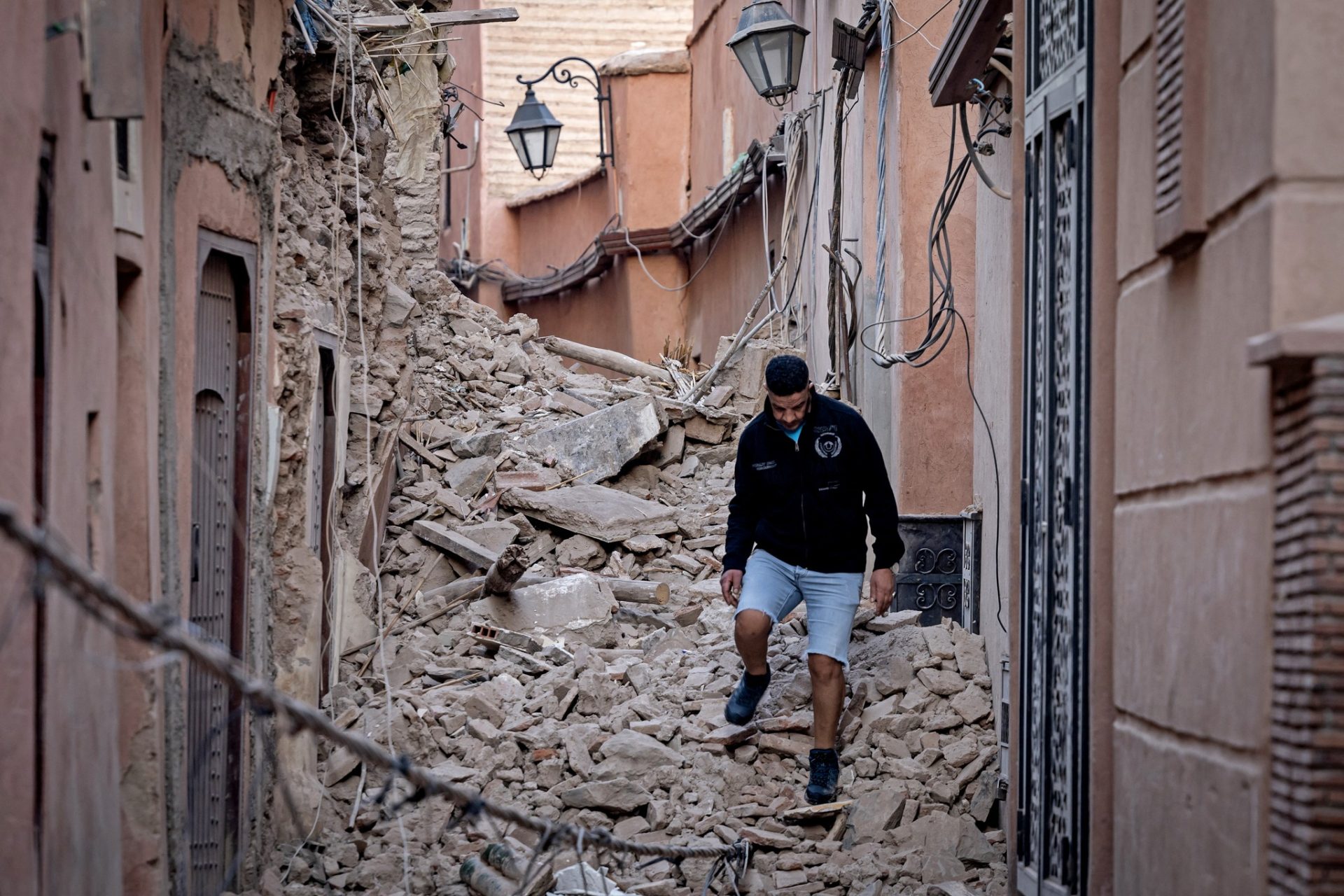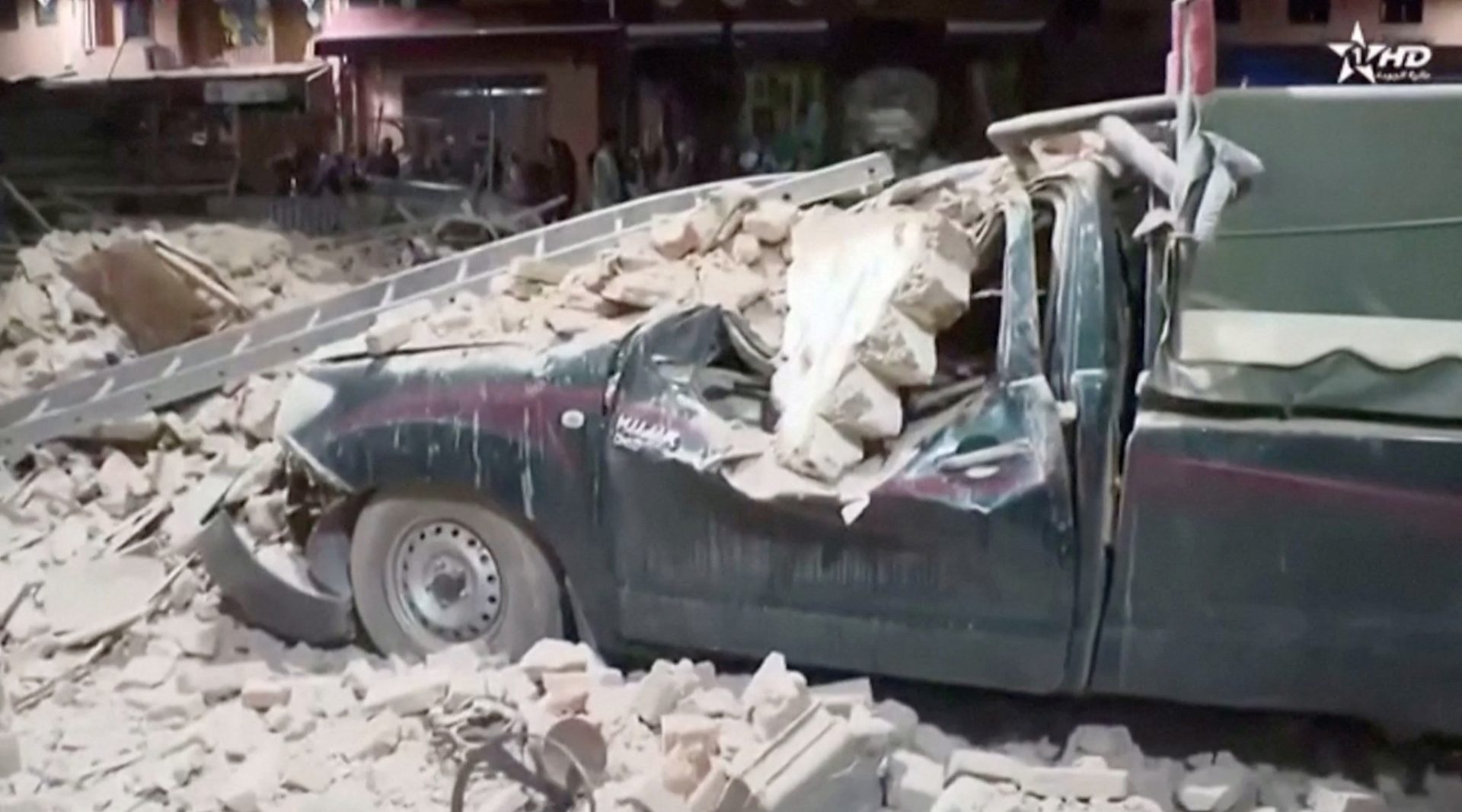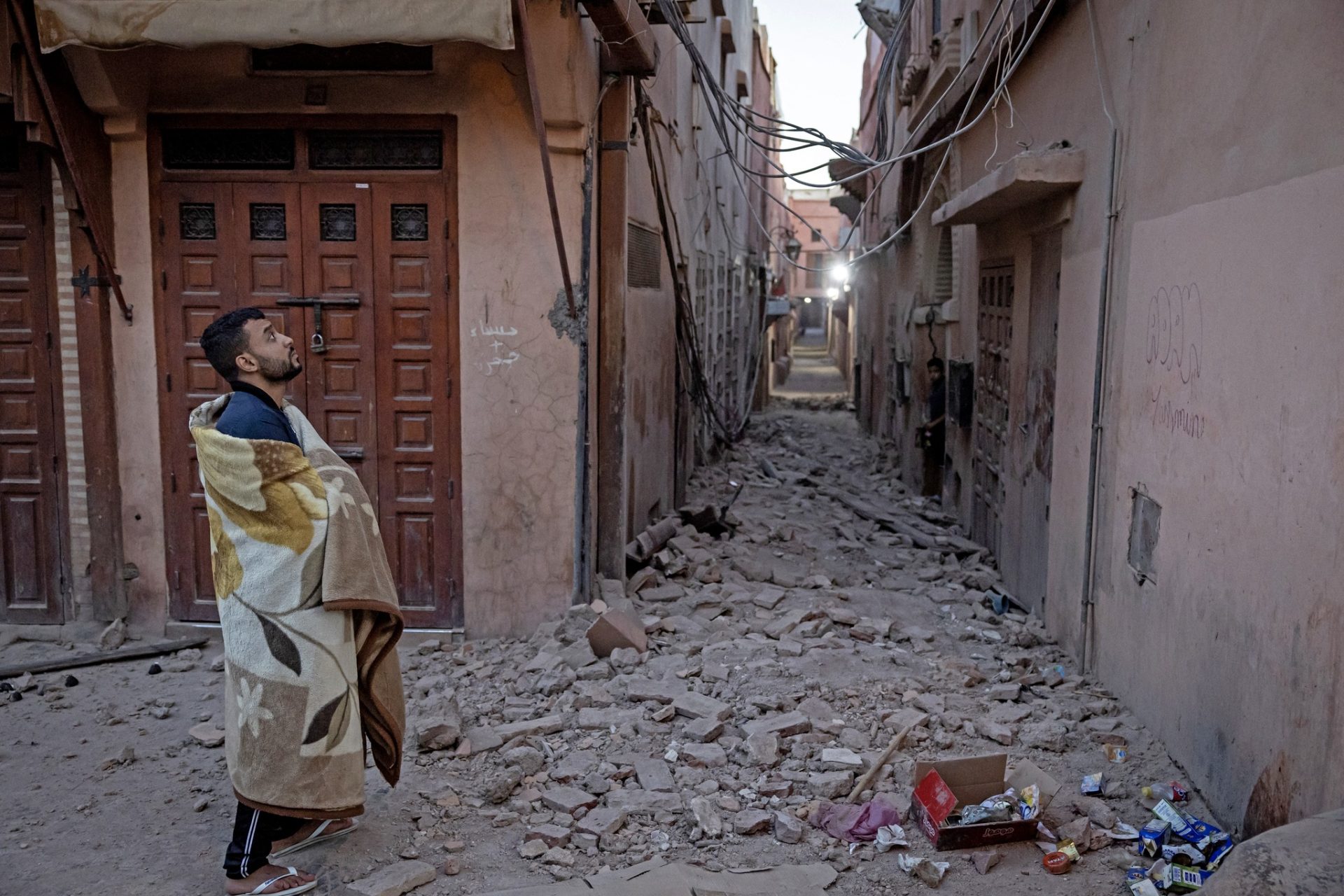Morocco’s Earthquake: The Catastrophe’s Rising Toll

Late Friday, a devastating earthquake struck the Atlas Mountains in Morocco. The death toll has since risen to at least 1,037, with many buildings destroyed, prompting residents of major cities to evacuate their homes. Official media reports on Saturday, citing an updated preliminary count from the Ministry of the Interior, stated that the number of injured reached 1,204, with 721 of them in critical condition. This count is expected to rise further.
Regions Affected
Most of the fatalities occurred in mountainous areas that are challenging to access. Residents of Marrakech, the nearest major city to the earthquake’s epicenter, reported that some buildings had collapsed in the UNESCO World Heritage-listed old city. Local television showcased images of a mosque’s minaret that had fallen, its debris crushing several cars below.
The Ministry of the Interior urged calm. In a televised statement about the death toll, it mentioned that the quake affected the provinces of Al Haouz, Ouarzazate, Marrakech, Azilal, Chichaoua, and Taroudant.

Public Reaction
Videos circulating on social media immediately after the quake showed terrified people running out of shopping centers, restaurants, and residential buildings, gathering outside for safety.

The Moroccan Geophysical Institute reported that the earthquake, which had a magnitude of 7.2, occurred in the Ighil region of the Atlas Mountains. The U.S. Geological Survey estimated the quake’s strength at around 6.8 and noted its relatively shallow depth of 18.5 kilometers.
Ighil, a mountainous area with small agricultural villages, is located about 70 kilometers southwest of Marrakech. The earthquake struck after 11 p.m. (2200 GMT).
Historical Context
This earthquake is the deadliest in Morocco since a 2004 quake near Al Hoceima in the northern Rif Mountains, which killed over 600 people.
The United Nations spokesperson, Stéphane Dujarric, stated that the UN is ready to assist the Moroccan government in its efforts to help the affected population.






